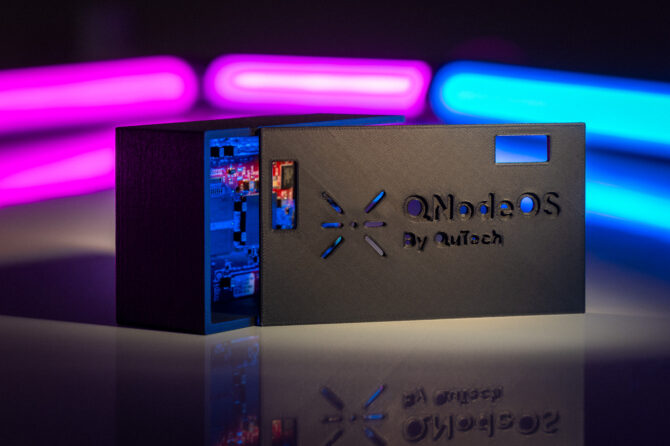OTI Lumionics has developed a fast materials design approach, tailored to OLEDs and other electronic materials, that consists of a combination of machine learning techniques, computational chemistry simulations, optimization, rapid synthesis, and closed-loop feedback from testing of new materials in pilot production. Instead of using a traditional approach to materials discovery which requires synthesizing and testing thousands of variations to find the suitable candidate, OTI Lumionics has developed software tools to simulate and predict the properties of new materials, allowing a larger pool of candidates to be screened than could otherwise be synthesized and tested.
By using Microsoft Azure Quantum’s optimization tools in their pipeline, OTI Lumionics successfully performed a complete active space configuration interaction simulation of an archetype green light emitting OLED material – Alq3 [Tris (8-hydroxyquinolinato) aluminum].
To give an idea of the computational savings the same simulation of Alq3 would require 42 error-corrected qubits on gate-based quantum hardware. Mapping the problem to an industry-standard quadratic unconstrained binary optimization (QUBO) using OTI Lumionics reparametrization would require a quantum annealer (or QUBO solver) that could handle 58,265 variables. Solving a QUBO problem with this many variables is intractable, and even an equivalent simulation of Alq3 using standard classical computational chemistry software would require a supercomputer. In contrast, using Azure Quantum, the higher-order binary problem can be handled natively, meaning that this problem only requires 132 variables on classical hardware to perform the simulation. (Microsoft)



